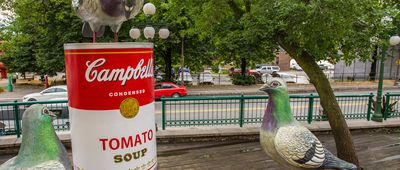Strange Eats
You may think your mother-in-law's tuna unusual casserole is a little weird, or turn up your nose when offered a bologna and mustard sandwich. But those food choices aren't considered by most to be truly unusual (unless, of course, you're not from the United States, in which case they might seem strange).
Meanwhile, around the world, there are plenty of beloved local delicacies that to an outsider may seem quite surprising or unusual. As we take a look at some of the more outlandish foods from around the world, keep in mind that regional foods are popular for a reason. Keep an open mind and you might just be surprised to find your new favorite treat.


































